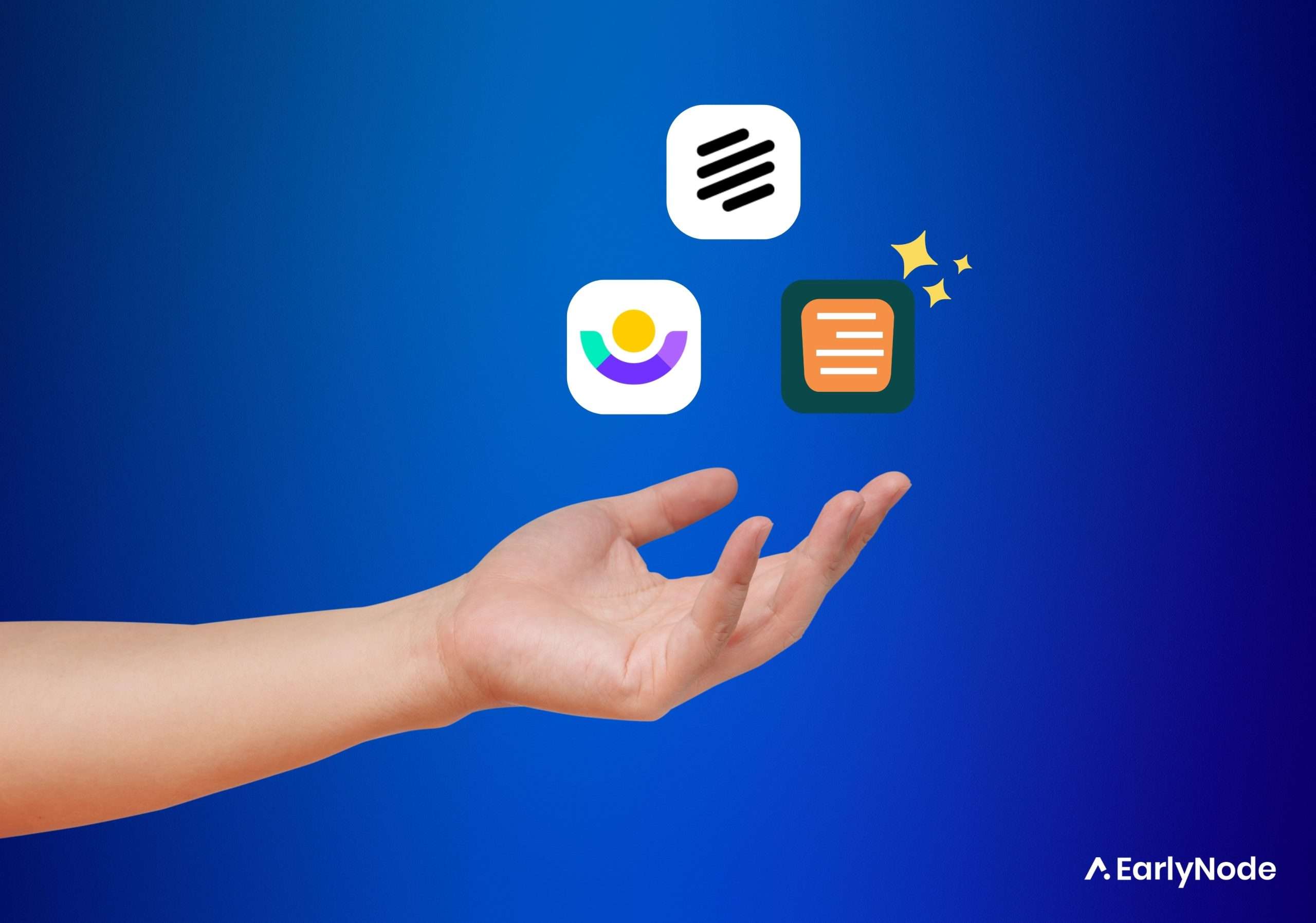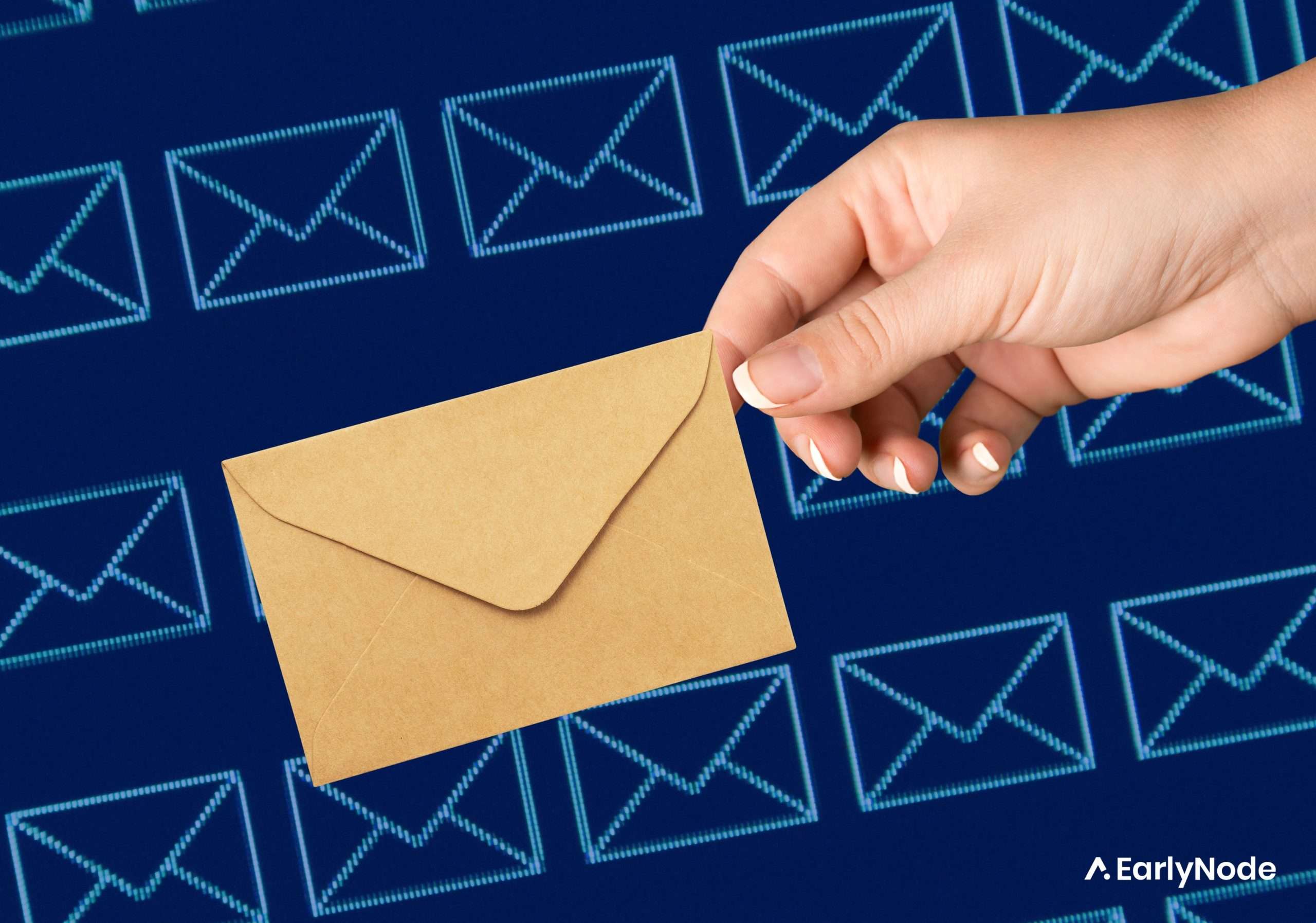How to create a bulletproof SaaS product launch strategy

Launching a SaaS product can be a make-or-break moment for any company. You’ve got to create a buzz and get people excited to grow your business. But it’s not a walk in the park. You have to plan it all out carefully.
In this article, we’ll discuss some tips that will prepare you for your SaaS product launch.
8 tips for your SaaS product launch strategy
#1 Give value
Do not focus solely on making quick profits when launching a SaaS product.
Instead, consider how your new offering can fulfill people’s jobs-to-be-done. Building brand values that remain relevant over time is key, rather than just focusing on the present moment.
Rather than overwhelming potential customers with all the features of your product, emphasize the value it provides to users. This value is created by understanding and anticipating user pain points and consistently delivering solutions that exceed their expectations.
#2 Good pricing deals
You have to get it right when deciding how to price a new product. If you charge too little, you might not make enough money to cover your expenses, and if you overcharge, you could upset customers and lose out on potential revenue. It’s all about finding that sweet spot.
For instance, one strategy that can work well, especially for SaaS businesses catering to different kinds of buyers with different budgets, is tiered pricing. That’s where you set different prices for different groups of customers, with each tier offering a specific range of prices for each unit sold.
#3 Smooth onboarding process
You need to have a smooth onboarding process for potential users. Nobody wants to sign up for something if they don’t understand the value of it. Ensure your emails have;
- a friendly welcome message.
- helpful tutorials and product tours.
- the option to request a demo.
- some follow-up emails.
- some details about what’s coming down the pipeline.
#4 Product demo
Just listing out the features of your product might not cut it when looking to attract new customers, especially enterprise customers. Give them a personalized demo to show off your product’s capabilities.
By focusing on the customer and tailoring your demo to their needs, you’ll be able to further convince them to sign up.
#5 Use social media
Social media is a game changer for announcing a SaaS product launch. Start with a few popular social networking sites to understand where your audience regularly interacts and how to engage them.
You can promote your product and generate leads by offering incentives or running contests on Facebook. Twitter is also a great way to communicate with relevant people who can share news about your product.
#6 Offer freemium deals
A freemium version of a product can be a great way to drive leads and increase brand awareness. It is a quick way to get people interested in a new service.
A freemium model can help businesses grow profit and increase recurring revenue as customers can upgrade to paid versions if they receive value from the product.
#7 Offer discounts
Offering discounts is a solid way to catch the attention of people interested in trying out your product. It’s a great way to get them in the door and give them a taste of what you’ve got to offer. You could offer a percentage off the listed price to those who sign up during the launch period, or you might consider granting full access to all features during a trial period.
The best way to offer discounts for your product and keep up with what’s happening in the SaaS world is to do some market research. For instance, you may discover that most of your competitors offer a discount on the first month or only offer discounts to customers who buy a particular number of seats.
#8 Share your product roadmap
A product roadmap allows customers to anticipate what a company will offer in the upcoming months, which can increase loyalty. This approach can generate excitement and interest in the launch of the SaaS product and address any concerns about its development.
Sharing the roadmap can help customers have realistic expectations and create transparency around your product’s launch.



